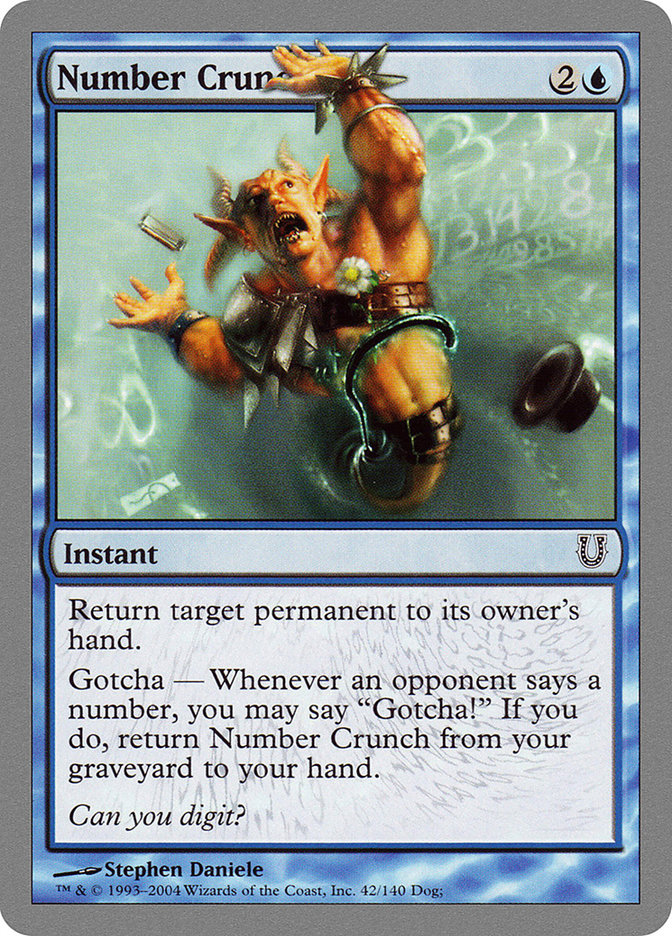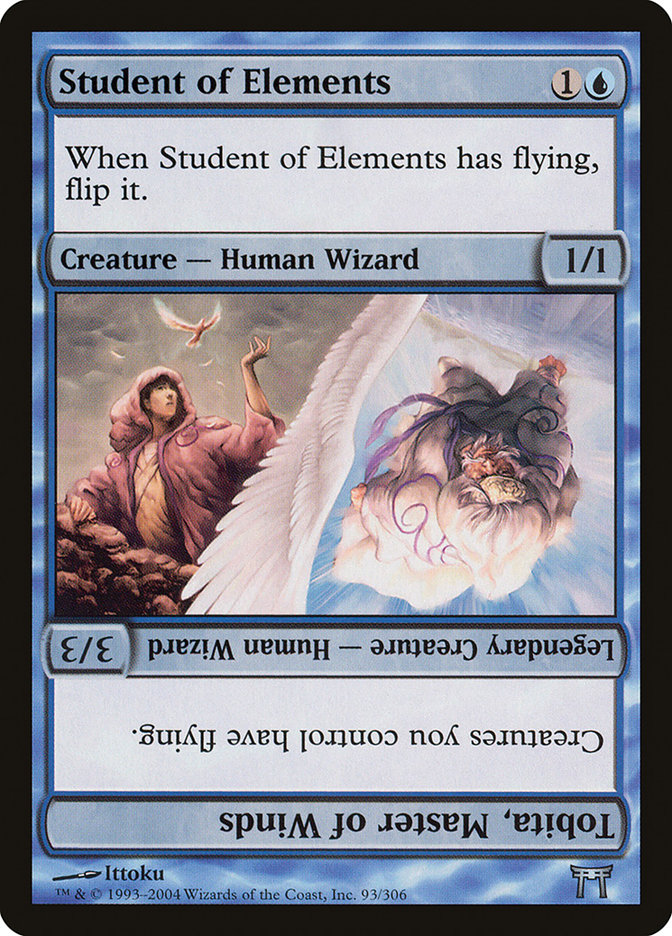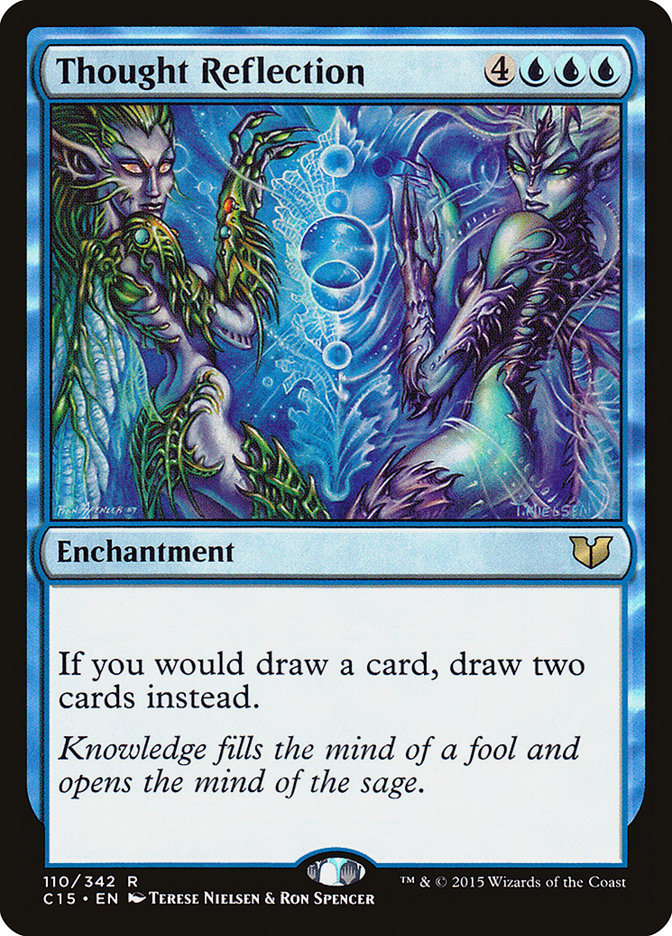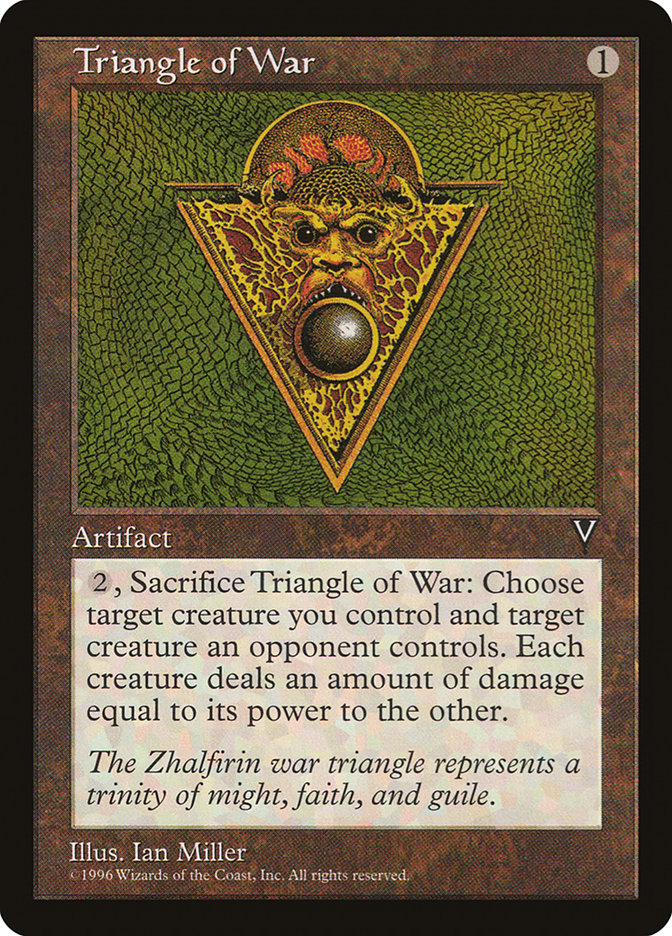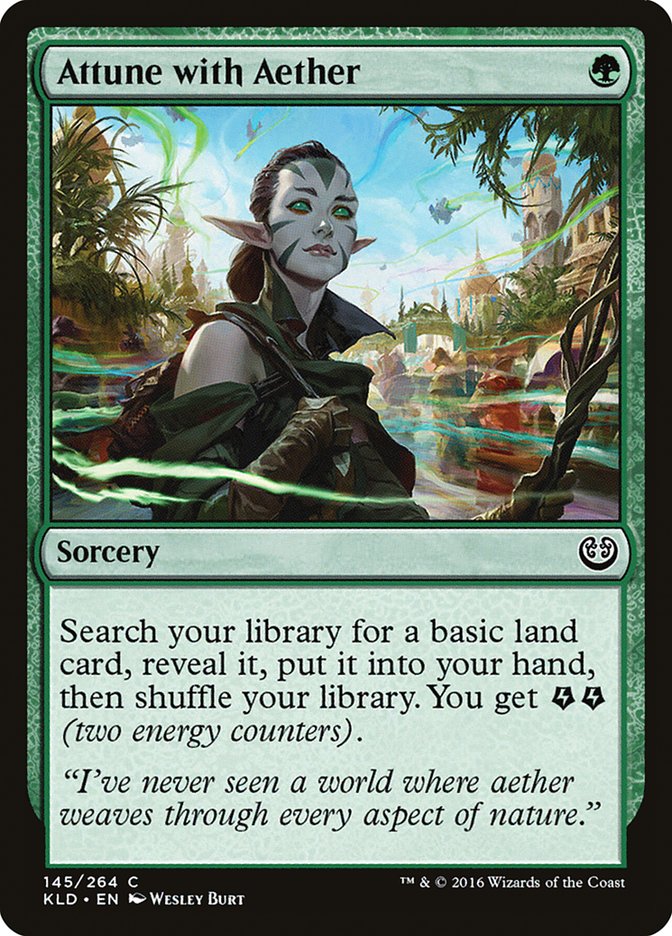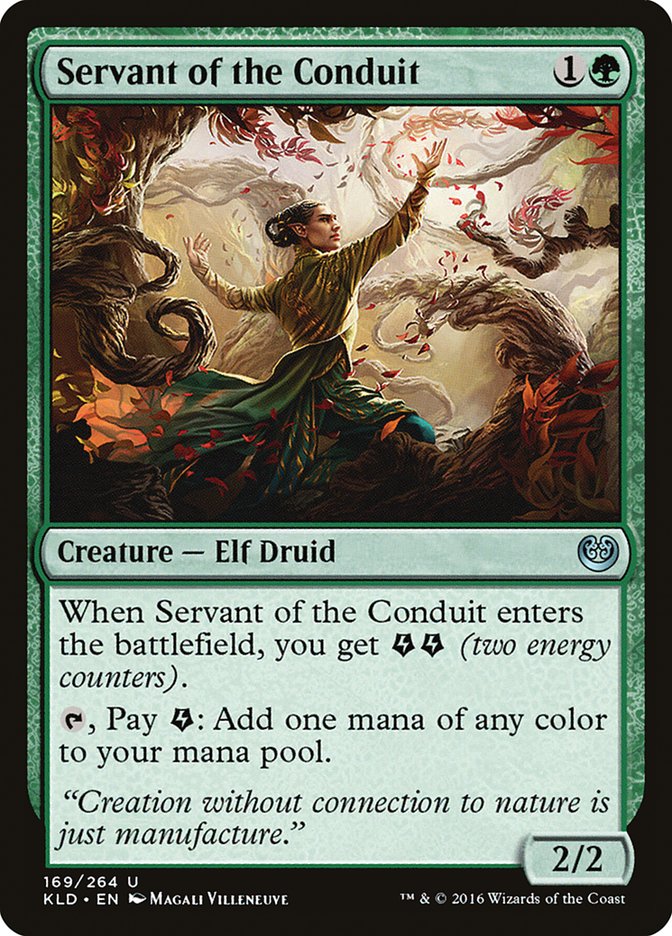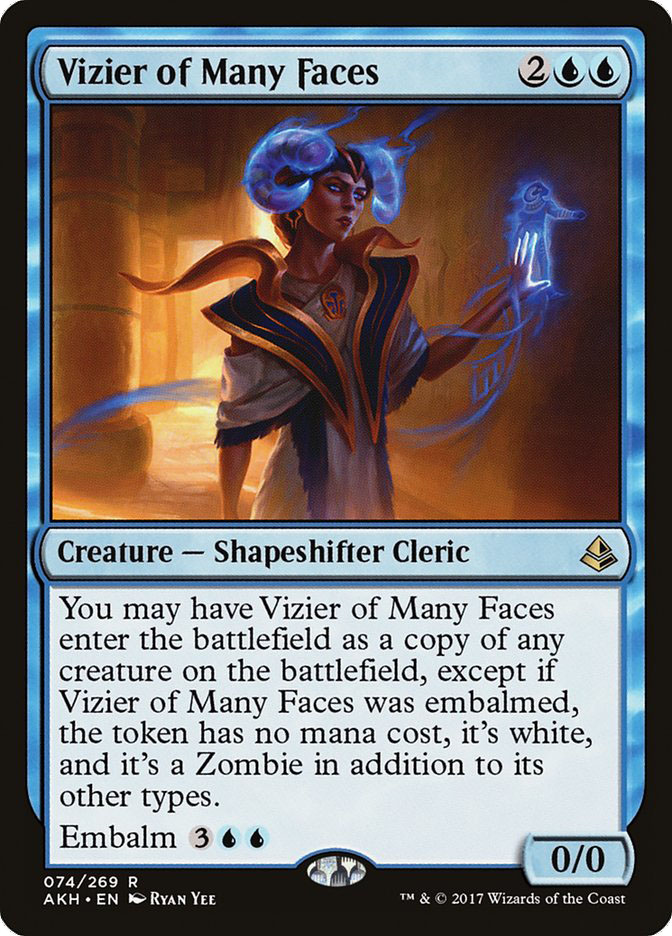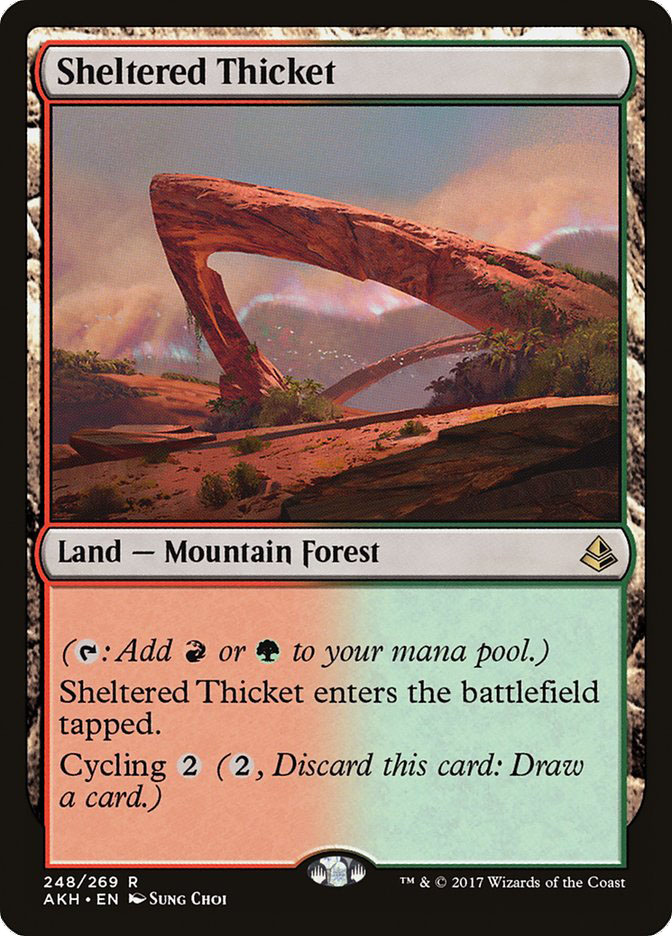Math.
It’s the class in school that you either loved or hated, most likely the latter. We’re at the point where math anxiety is a common condition that can be so severe that being presented with a math problem triggers the same area in the brain as physical pain.
Countless articles are written about how best to teach math, and while I won’t be writing about that pedagogical debate, I do think it gets to an issue that Magic players can learn about: the nature of mathematics.
What is math? What is it well-suited for and what is it not?
We all like to think of Magic as a highly mathematical game. After all, Richard Garfield holds a doctorate in the field. And when we describe Magic as such, it’s more than just the basic arithmetic we all do keeping track of life totals and figuring out combat. At a fundamental level, mathematical tools help us to develop the theoretical underpinnings of the game as we advance our knowledge of Magic.
I firmly believe that my background in mathematics was the single greatest contributor to my leveling up from PTQ grinder to someone who makes their living off the game, and there are many other high-level players who rely on a similar educational background, all the way up to Hall of Fame member Frank Karsten.
But again, the way in which math has helped me isn’t in an ability to calculate my odds of drawing my third land on time or any other calculation, which strikes at the root of the problem of math anxiety. The common view of mathematics is that it’s based in numbers and calculation. Whether you’re adding numbers together or evaluating a complicated probability function, that’s what people think about when they think of math, so being “good at math” gets turned into “being able to carry out those calculations quickly and accurately.”
A Small Piece of the Pi
This is a superficial understanding of a subject that has so much more to offer and is much more flexible than most people realize. If this were all math is, then it would not be a very powerful tool for Magic players because there’s a limit to what we can calculate efficiently, especially if you’re trying to calculate something in the middle of a game.
At its heart, mathematics is an exercise in logical reasoning and problem solving. You make certain assumptions and attempt to deduce conclusions from those assumptions. This definition is necessarily vague, but in that vagueness lies great power. In math, you get to make the rules that define the universe in which you want to live. If you want 3+3 to equal 0, then you can make it so and see what happens. You have total control. But with great power comes great responsibility. That is to say, the trick in doing good math is in making assumptions that are reasonable and drawing conclusions that are useful in solving your problem.
In many cases, reasonable assumptions are those that make your invented universe align with the real world so that we may put the conclusions to some practical use. The problem lies in how messy the real world is. Magic exemplifies this quite well with how many variables there are to account for. The questions that we want to answer, such as “How many lands is optimal for Temur Energy?” or “What is the best mana curve for Ramunap Red?” are very complicated, and the path to a solution is not at all clear. There is no simple formula that you can evaluate to get a clear answer to them. But this does not mean that mathematics has nothing to offer when we answer such questions.
Every theorem or formula in mathematics is a tool and any tool is designed to carry out a specific job. It’s our job to pick the correct tool for the job at hand. If you try to use a hammer to open a glass bottle and end up smashing the bottle open, then it’s not the hammer’s fault. Similarly, if you try to use the Pythagorean Theorem to calculate the side lengths of a non-right triangle, you’re going to come out with the wrong answer.
In my experience, many people dismiss the value of mathematical tools because they expect them to do too much rather than accept their limitations and use them for what they are. For these players, math is a rigid construct that stands in opposition to intuition, but in reality mathematics and your personal intuition for Magic are two distinct sets of tools in the same toolbox and are best utilized in concert with the other.
In order to utilize the mathematical tools that we do have, like the hypergeometric distribution, then we have to make simplifying assumptions. Those assumptions are necessarily guided by our Magical intuition.
Consider the first question above: How many lands should I play in my Temur Energy deck? For my purposes, I’ll assume that Attune with Aether is a land but Servant of the Conduit isn’t.
What questions might we pose that roughly approximate the ideal number of lands? Answering that question requires an understanding of the role of lands in our deck. Simply put, lands provide mana to cast spells. Without that mana, we can’t possibly win, so how many lands do we need to guarantee we make land drops and cast our spells?
To guarantee we have at least two lands in our opening hand, we need to play 55 in a 60-card deck. If that seems a little high to you, don’t worry; I’m not arguing we play that many. It simply illustrates that when you set up a problem and get an answer that seems ludicrous, you have to then question your assumptions. In this case, our question is faulty in that it only accounts for the problem of mana screw and doesn’t at all account for the opposing problem of mana flood.
Lands do help cast spells and you need to cast spells to win, but lands don’t do anything by themselves, so drawing too many of them also leads to not having enough action. Unsurprisingly, had we approached the question solely with the desire to prevent mana flood, we may conclude to play a number of lands equal to the highest converted mana cost card in our deck, an error that is just as egregious but in the opposite direction.
Okay, so now we have an understanding of both major variables that surround land count. What question can we ask that balances those two forces, thus providing a more accurate approximation of the optimal number?
The first question that comes to my mind is, “How many lands are in my ideal average opening hand?” For a stock Temur list I would say the ideal number is three, since missing any of those first three land drops is a disaster, whereas you can more easily recover from missing your fourth or fifth. Note that my answer comes entirely from Magic intuition and my knowledge of the Temur Energy deck, not from any mathematical understanding. The math only comes in when I want to find the appropriate land count for the deck is in light of that answer. The calculation here is simple: for a three-land opening hand to be average, we should have a land ratio of 3/7, or a total count of 25.7 for a 60-card deck.
Thinking along those same lines, maybe we want to maximize the number of hands that fall within a certain range of lands. I know when I’m playing Temur I’m generally happy if my hand has two, three, or four lands and unhappy otherwise. The question of what land count gives us the highest likelihood of falling within that range in our opening seven is more complicated than the first one but still solvable with some more advanced mathematical tools, yielding a solution of 25.4.
Feel free to skip this section, but if you’re interested in the calculation itself, here is a brief rundown:
Using the hypergeometric distribution, the odds that we have k lands in our opening hand given a total land count of n is
where
represents the binomial coefficient. The first term there represents the number of possible groups of k lands we can have out of the n in the deck. The second term is the number of groups of (7-k) nonlands we can have in the rest of the hand, so the product of the two terms is the number of total hands that have exactly k lands. The denominator is the total number of seven card hands, so the quotient gives us the likelihood of drawing a hand with k lands.
To find the odds of having a range of number of lands, we simply sum the above expression over the desired range, yielding:
To find which value of n maximizes this equation, simply differentiate it with respect to n, set the result to zero and solve (preferably using a computer algebra system) to get the above answer.
Both simplifying questions I asked above had us calculating the optimal land count based on how it affects our opening hand. But you get to draw another card every turn and it’s clear that the objectively optimal answer will take into account more than our opening seven. To this end, one question I like to ask myself is, “What is the last land drop I really want to make in an average game?”
For Temur Energy I’m inclined to say five, although builds with black may go to six. For straight Temur, your fifth land is what enables the top-end of your curve and is the most reliable turn to first double-spell by pairing a two and three drop together. Once you settle on five as the answer to the simplified question, the solution is academic. By Turn 5 you see eleven cards when on the play and twelve when on the draw. A land ratio of 5/11 yields a land count of 27.2 and a ratio of 5/12 gives a count of 25. Average the two to get a suggested land count of 26.1.
There are a ton of variables that my answers above don’t account for: the presence of Servant of the Conduit as a mana creature or Rogue Refiner as a cantrip, how land count affects mulligans, accounting for colored mana, or even extra mana from Chandra. You could devise simplifying questions to account for these as well but many of them are quite small so I prefer to ignore them. The goal here isn’t to arrive at an objectively correct answer, which is impossible given Magic’s complexity. It’s to establish a baseline that we can then build from.
Each simplified question stresses some of the variables that go into the problem while ignoring others, so I find it useful to ask many of them to try to look at as many variables as possible. The goal is to get to a point where you have rough agreement between the answers, which in this case we do. My assumptions about how Temur Energy operates lead to a suggested land count of 25 to 26, so the normal count of 26 is quite good.
Once I have the baseline range, I fine-tune by looking at how well the deck plays when flooded versus how well it plays when land-light. In the case of Temur Energy, the deck has a good deal of card advantage, especially with Vizier of Many Faces after sideboarding, and can play a cycling land or two, so erring on the high side makes sense.
At this point you may be asking yourself why I did so much calculating when earlier I asserted that calculation is a very small part of mathematics. To that I would say the vast majority of the mental effort above is put into the setup for the calculations, devising and answering the simplifying questions. That’s where the important math is happening, and note that it’s inextricably linked with our understanding of Magic. And you can do that even if you never aced your algebra class.
Furthermore, over time, as your mathematical intuition builds alongside your Magical intuition, you won’t need to break out the calculator as often. I certainly don’t, but I understand that my intuition for Magic rests largely on my innate understanding of mathematics and the work I’ve put in to synthesize my knowledge of Magic and math. As a result, I’m able to make intuitive assumptions that are more accurate than those I would’ve made five or ten years ago.
Do I think approaching Magic this way is necessary to achieve success? Of course not. I use these tools a lot because I’m adept at wielding them, but there are countless Magic players who are much better than I who don’t do anything like this. They’ve built a good enough intuition that doing so now may not even be helpful. It would simply tell them something they already know, even if they couldn’t explain how they know it.
But for those of you who are still building that intuition, I think this approach does a great job of giving you that baseline to work from. More importantly, it gets you in the practice of breaking down a complex problem into manageable parts, leading to discussions about which variables are more important and which less. These are the kinds of discussions that your testing group should be having if you want to increase your fundamental understanding of Magic, and that’s true even if you don’t have the mathematical expertise to run through the more complicated calculations.
In both mathematics and Magic, always remember that it’s the process that matters. And even when you’re lost, trust the process.


